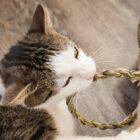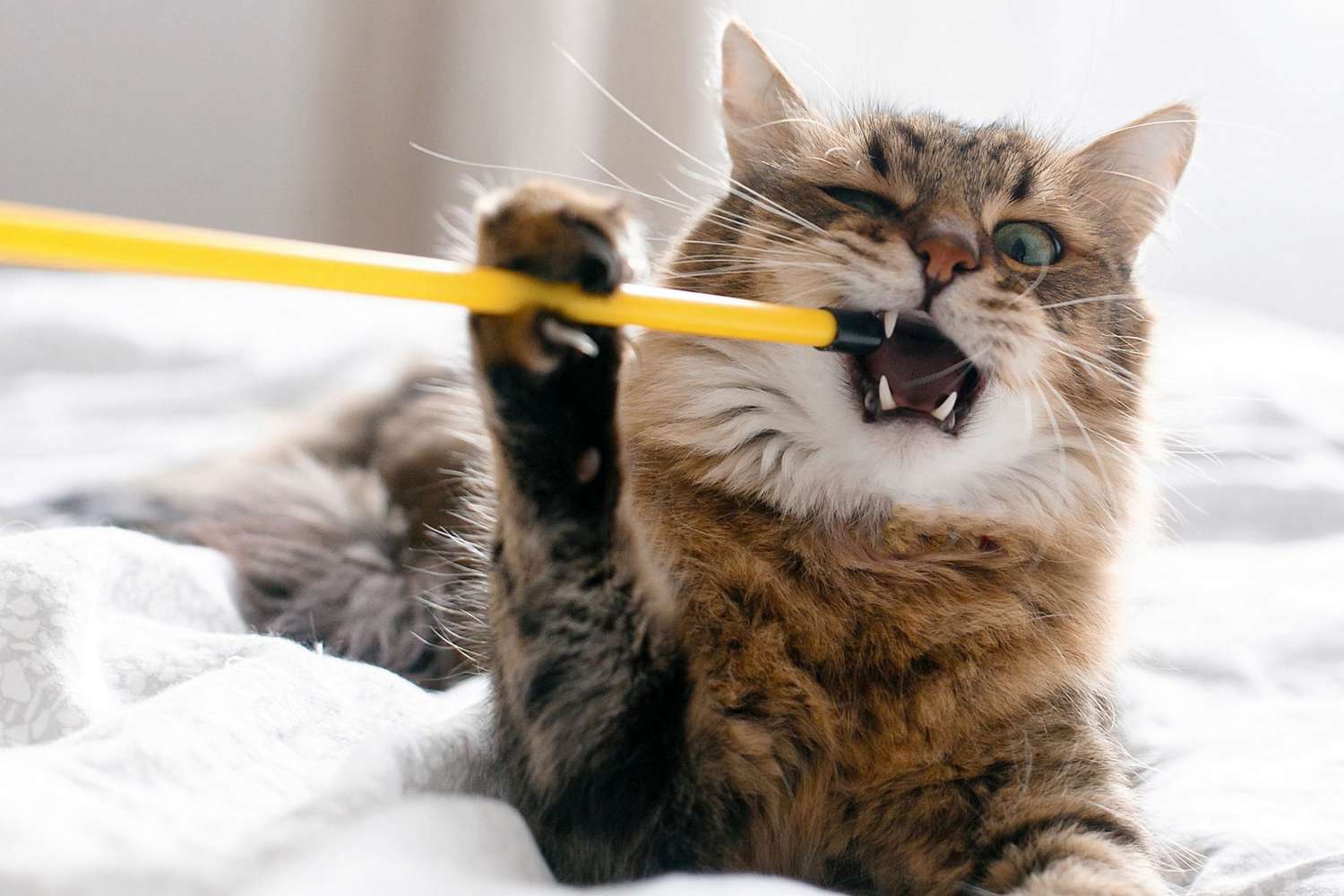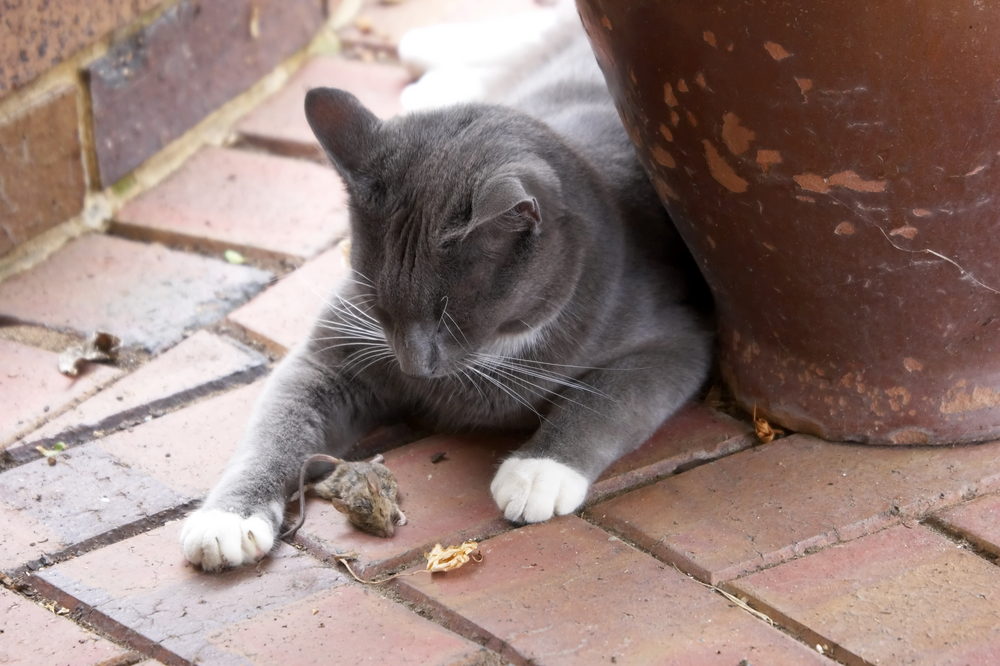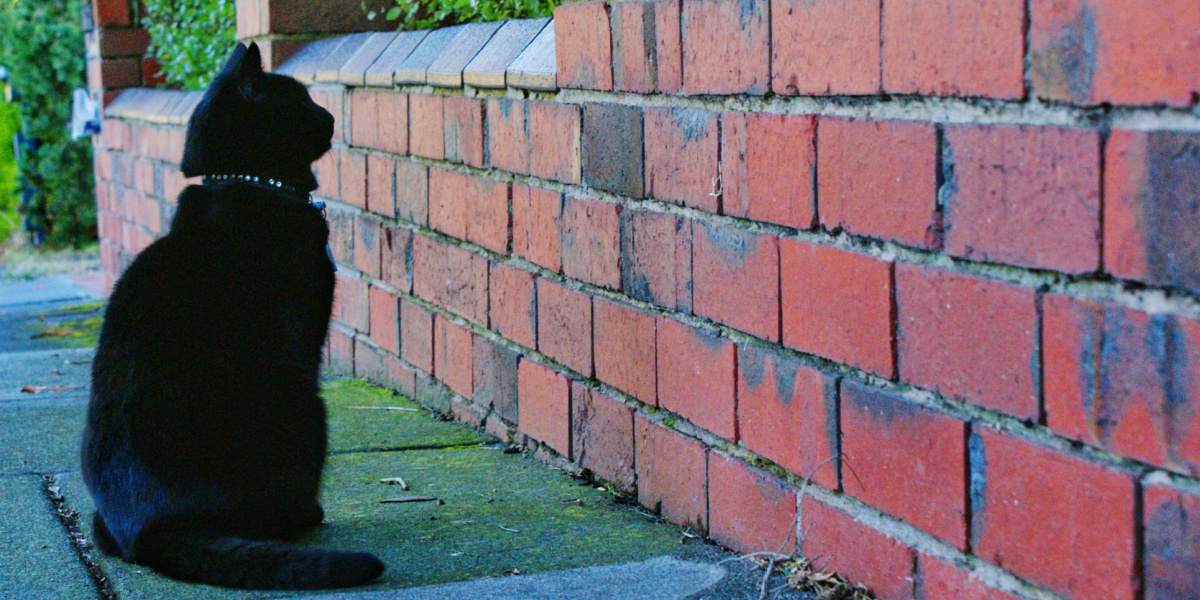Why does my cat suck wool?
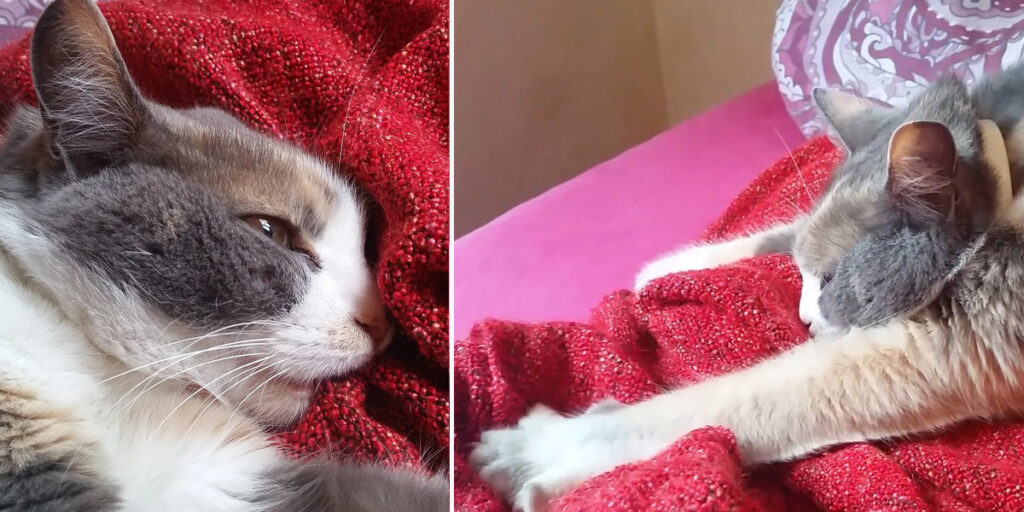
Cats occasionally exhibit an unusual behavior known as wool sucking, where they suck or chew on fabrics like wool, blankets, or other soft materials. While this behavior might not be extensively studied, there are insights from experts in feline behavior that shed light on potential reasons behind this conduct.
Cats suck wool as Comfort-Seeking Behavior
Wool sucking, also known as pica, is a behavior that is believed to have its roots in kittenhood. Kittens often suckle on their mother’s nipples for milk, and this instinct can carry over into adulthood. When a cat sucks on wool or other fabrics, they may be seeking comfort or trying to satisfy their natural suckling instinct.
Suckling behavior in kittens is not just about getting milk; it also provides comfort and security. Kittens often suckle on their mother’s nipples when they are feeling stressed or anxious, and this behavior helps to soothe them. As cats grow older, they may continue to seek out this comforting behavior by sucking on wool or other fabrics.
Nutritional or Oral Fixation
Wool sucking can sometimes indicate nutritional deficiencies or oral fixation. Dr. John Bradshaw, an expert in animal behavior, notes that cats might display this behavior due to a lack of certain nutrients, leading to an oral fixation where they seek alternative materials to chew.
Stress or Anxiety
Wool sucking behavior in cats can often be linked to stress and anxiety. Cats are creatures of habit and thrive on routine. Any changes in their environment, such as moving to a new house, the introduction of a new pet or family member, or even a change in their diet, can lead to feelings of stress and anxiety.
Cats may engage in wool sucking as a way to self-soothe and cope with these feelings. The repetitive motion of sucking on wool or other fabrics can help cats feel more secure and relaxed. It’s important to note that wool sucking is not a sign of a behavioral problem, but rather a coping mechanism for cats to deal with stress and anxiety.
Pica Behavior
Dr. Carlo Siracusa, a veterinarian specializing in animal behavior, explains that wool sucking could be a form of pica, a condition where animals crave and chew non-food items. This behavior might be due to psychological reasons or even medical conditions.
Environmental factors, nutritional deficiencies, and psychological stressors are among the leading contributors for pica. For domestic pets, boredom or anxiety may drive them to chew on non-food items, while in the wild, the reasons can be more complex, linked to survival strategies and adaptations.
Addressing Wool Sucking Behavior
While wool sucking may seem harmless, it can actually have negative consequences for your cat’s health. Chewing on wool or other fabrics can lead to dental problems, such as broken or damaged teeth. It can also cause digestive issues if your cat ingests pieces of fabric, which can lead to a blockage in their digestive tract.
If your cat is engaging in wool sucking behavior, it’s important to address it as soon as possible to prevent any potential health issues. Here are some tips for addressing wool sucking behavior:
- Provide plenty of toys and playtime to keep your cat entertained and engaged. This can help redirect their focus away from wool and other fabrics.
- Keep wool and other fabrics out of your cat’s reach to prevent them from engaging in wool sucking behavior.
- Provide your cat with a safe and comfortable environment where they can feel secure and relaxed.
- Consult with a veterinarian or animal behaviorist for further guidance if your cat continues to engage in wool sucking behavior despite your efforts.

